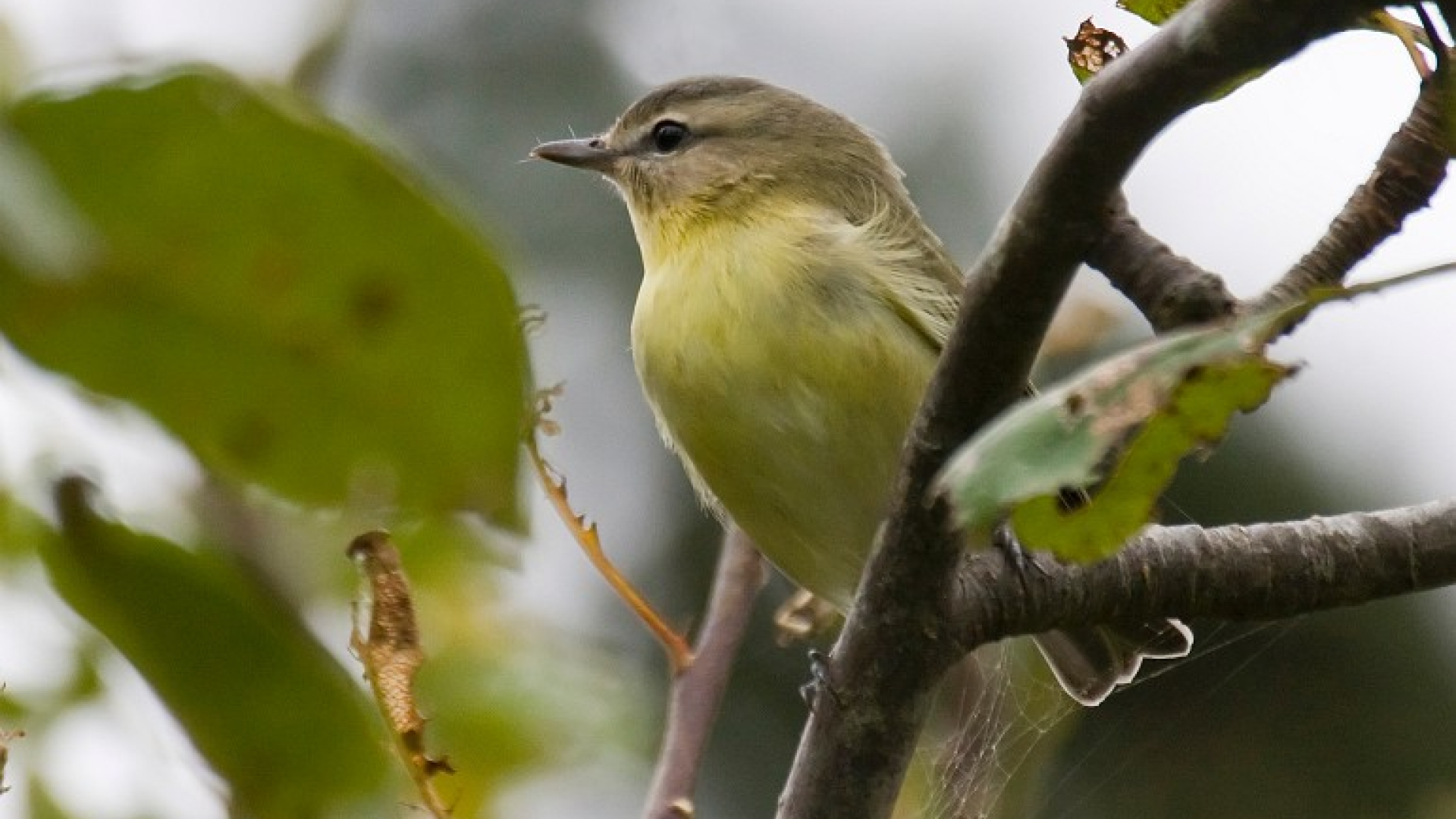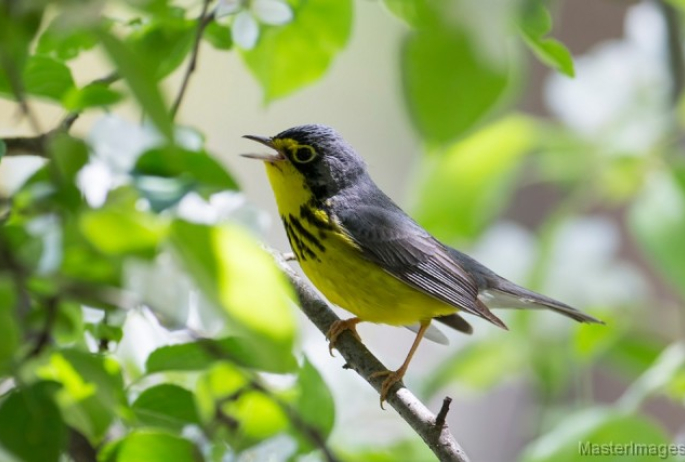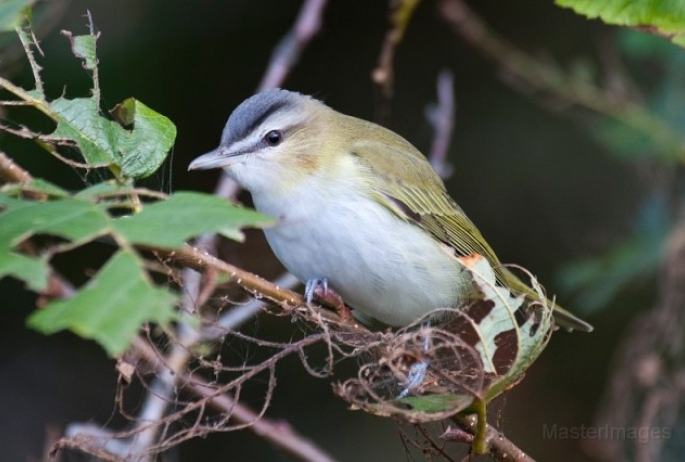Hunting for a Tough Species
A friend of mine contacted me about the potential of finding Philadelphia Vireo in the Spring Pond Bog area north of Tupper Lake (and west of Lake Clear and the Floodwood Road area). He had thought he heard one and wanted me to come along some time to help him find it. I was able to join him a couple weeks later and we wound through the large complex toward the location he had marked along the road.
On the way we began to do some birding – the Spring Pond Bog Complex is one of my favorite places to bird in the Adirondacks, after all. There was a Ruffed Grouse near the entrance gate, and plenty of Red-eyed and Blue-headed Vireos, Ovenbirds, a soaring Broad-winged Hawk, and Black-and-white, Black-throated Blue, and Yellow-rumped warblers, as well as several Canada Warblers
.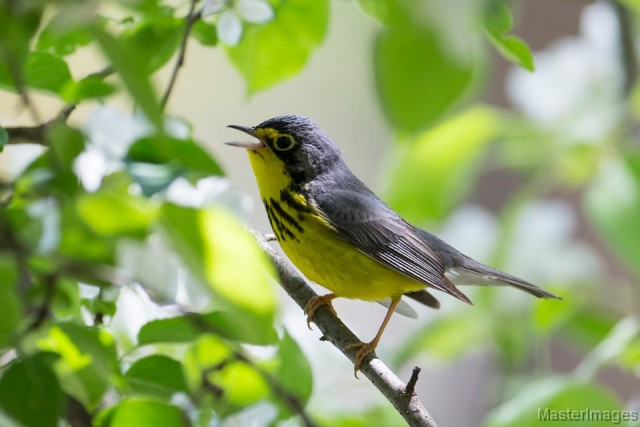
Finding Red-eyed Vireos and a Bunch of Other Species
We reached the spot where he had heard the Philadelphia Vireo. “I’ve heard Philly Vireos right here in the past,” I told him. It’s true – I’ve had them in the exact same spot he did – it seems it is a good habitat for them. We got out of the car, stood quietly, and listened. We only heard Red-eyed Vireos. We walked further down the road. Still just Red-eyeds. Finally I decided to play a recording (something I don’t do too often) of the songs and calls of a Philadelphia Vireo. The Red-eyed Vireos got angry and came in for a closer view, scolding us and looking for this intruder on their turf. After all, they compete with Philadelphia Vireos and can respond strongly to recordings of Phillys.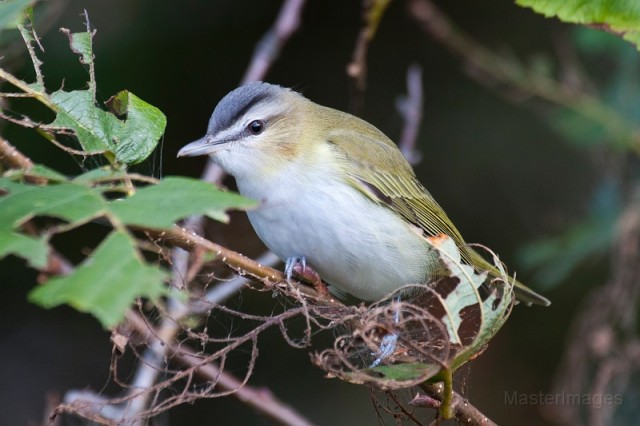
We walked up and down the road, checking out a wetland area and finding the likes of Northern Parula, Common Grackle, Yellow-bellied Sapsucker, Eastern Phoebe, and Cedar Waxwing. Turkey Vultures soared in the distance. But there was no sign of a Philadelphia Vireo. Of course, that doesn’t mean my friend didn’t have one there – I’m actually quite sure that he did. But on this day the Philly Vireo was quiet, or perhaps intimidated by the angry Red-eyeds. Or perhaps it had been pushed to another location by them since my friend had first heard it. Whatever the reason, we didn’t find it. My friend was understandably a bit frustrated by this, but that’s how birding goes sometimes. We moved on to explore elsewhere.
We had some luck finding birds – but not of the target species – as we drove the roads in the Spring Pond Bog Complex, eventually reaching the esker trail which runs out into the bog itself, and offers great views in the process. We hiked along the esker – hearing a Black-throated Green Warbler where the trail begins in deciduous forest. Black-and-white and Canada warblers talked as we looped from the esker along the small bog boardwalk trail and back to the esker. We found another Canada Warbler as well as Savannah Sparrow, Lincoln’s Sparrow, and Palm Warbler as we continued out the esker until the trail ended. Looping back, my friend – who is an excellent botanist – showed me some subtle differences in the sedges of the bog and forest, and we ended back at the car. We worked our way back along the roads, adding a few species – including a Mourning Warbler and a Boreal Chickadee. But we came up empty on Philadelphia Vireo
.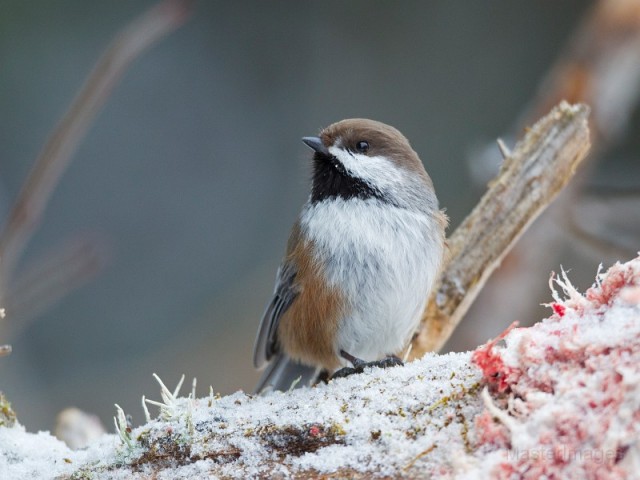
The Winds of Chance and Birding
As the Fates of birding would have it, I found two singing Philadelphia Vireos not long after my friend and I tried for them – I was a bit further west in the Adirondacks near Cranberry Lake, along Tooley Pond Road. I wasn’t looking for them at all and the irony of that fact was not lost to me. In fact that’s often how we find birds and other wildlife. Targeting species has its merits as we search for them in the proper habitats, most likely time of day or time of year, but so often we find many birds of note almost accidentally. There is, after all, a lot of chance and many variables in play during birding and wildlife viewing excursions – a fact that turns guarantee-requiring folks off to these activities. But the uncertainty of these variables also opens us up to the serendipity of what we might find – when we aren’t really looking for them. And it is those moments which make the pursuit of birds and other wildlife species such a rewarding challenge.
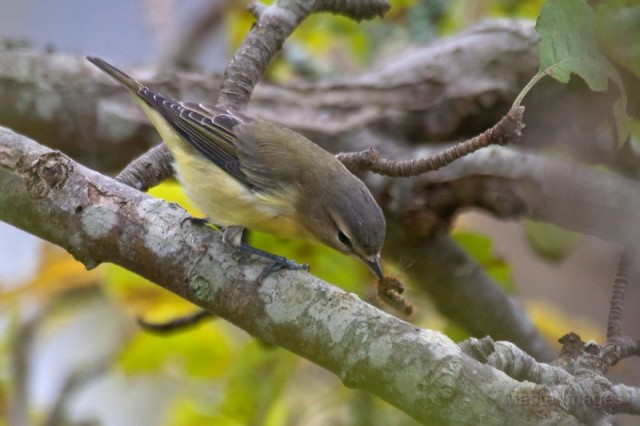
I contacted my friend when I found the Philadelphia Vireos and he went out to find them a few days later.
Late summer and early fall is excellent for a variety of migratory bird species – such as Philadelphia Vireo. Check out our outdoor recreation, lodging, and dining pages to plan your trip!
